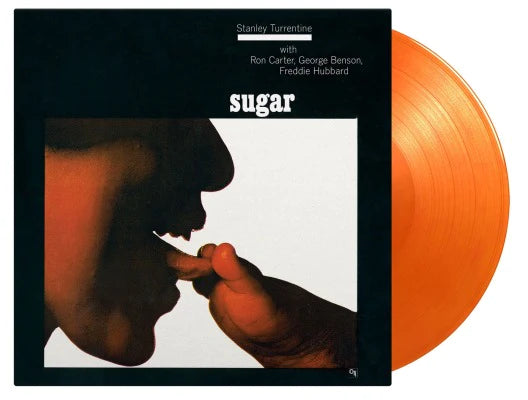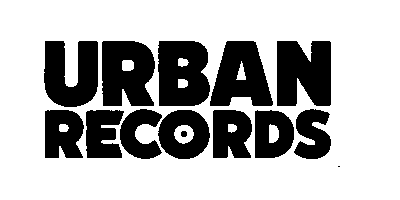Urbanrecords
Stanley Turrentine - Sugar
Stanley Turrentine - Sugar
Couldn't load pickup availability
2024 Limited Edition - 1000 copies worldwide.
If ever there were a record that both fit perfectly and stood outside the CTI Records' stable sound, it is Sugar by Stanley Turrentine. Recorded in 1970 Sugar has just 3 tracks.
Turrentine, a veteran of the soul-jazz scene since the '50s, was accompanied by a who's who of groove players, including guitarist George Benson, Lonnie Liston Smith on electric piano, Freddie Hubbard on trumpet, bassist Ron Carter, organist Butch Cornell, and drummer Billy Kaye, among others. (The live version adds Airto, flutist Hubert Laws, drummer Billy Cobham, and organist Johnny Hammond.)
The title track is a deep soul blues workout with a swinging backbeat and the rhythm section fluidly streaming through fours and eights as Benson, Hubbard, and Turrentine begin slowly and crank up the heat, making the pace and stride of the cut simmer then pop -- especially in Hubbard's solo. This is truly midnight blue, and the party's at the point of getting really serious or about to break up. By the time Benson picks up his break, full of slick, shiny, warm arpeggios, the seams are bursting and couples are edging into corners. Butch Cornell's "Sunshine Alley" is a solid, funky groover, paced by organ and double fours by Kaye. Turrentine and Hubbard stride into the melody and keep the vamp in the pocket, riding out past the blues line into a tag that just revs the thing up even further.
But the big surprise is in the final track, one of the most solidly swinging, from-the-gut emotional rides of John Coltrane's "Impressions" ever taken. Turrentine is deep inside his horn, ringing out in legato with everything he has -- and it is considerable. Ron Carter's bass playing flows through the modal interludes, creating a basis for some beautifully intervallic invention by Benson and Smith by building a series of harmonic bridges through the mode to solos. It's hard to believe this is Turrentine, yet is could be no one else. If jazz fans are interested in Turrentine beyond the Blue Note period -- and they should be -- this is a heck of a place to listen for satisfaction.


